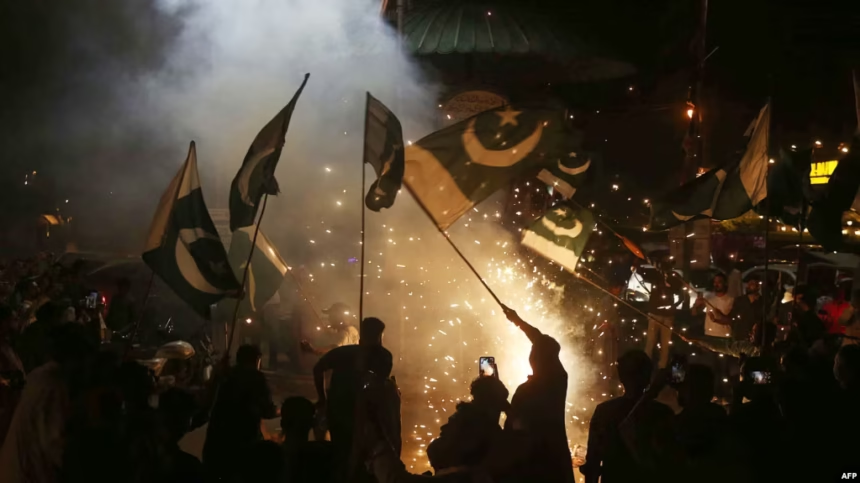Both Pakistan and India have declared victory following a recent escalation of violence, as a ceasefire brokered by the United States appeared to be largely holding on May 11. The nuclear-armed neighbors stepped back from a potential full-scale war over the disputed Kashmir region.
Islamabad and New Delhi agreed to an immediate cessation of hostilities, announced US President Donald Trump and officials from both South Asian nations on May 10, after a series of retaliatory military strikes that claimed dozens of lives.
“After a long night of United States brokered negotiations, I am pleased to announce that India and Pakistan have agreed to a FULL AND IMMEDIATE CEASEFIRE,” Trump stated on his Truth Social platform. “Congratulations to both countries on using common sense and good intelligence!”
India and Pakistan frequently teeter on the brink of a catastrophic full-scale war in the tense South Asian region, often linked to the contested Kashmir region. The region is divided into areas administered by India and Pakistan, but both countries claim the entire territory.
In apparent efforts to reassure their domestic populations, both sides have claimed victory in the latest outbreak of violence.
Key Developments:
- US-Brokered Ceasefire: A full and immediate ceasefire was announced on May 10 following US mediation.
- Claims of Victory: Both India and Pakistan have publicly stated they achieved their objectives during the recent clashes.
- Casualty Claims: India claims to have killed over 100 militants in its strikes in Kashmir and Pakistan-administered Kashmir. Pakistan reported hitting 26 Indian military installations in response to Indian missile strikes.
- Initial Allegations of Violations: Despite the ceasefire agreement, both sides initially accused each other of breaches, though reports of such actions dwindled later on May 11.
- International Welcome: International leaders, including UN Secretary-General Antonio Guterres, have welcomed the ceasefire agreement as a positive step.
- US Offers Mediation: President Trump has offered to further assist in resolving the long-standing Kashmir dispute and improve economic ties between the two nations.
The ceasefire followed weeks of escalating violence that began after a deadly attack on April 22 in Indian-administered Kashmir, which killed 26 civilians, mostly Hindu tourists. India blamed Pakistan-based militants for the attack, a claim Islamabad denies. The incident triggered a series of strikes, including reported missile and drone attacks, cross-border shelling, and cyberattacks.
India and Pakistan, which gained independence from Britain in 1947, have fought full-scale wars in 1948, 1965, and 1971, as well as a limited conflict in 1999. The central issue remains the Kashmir Valley, which India considers its “Atoot Ang” (integral part), while Pakistan views it as an “unfinished agenda of partition.”
Kashmir is divided among the three nuclear-armed neighbors, with India controlling about 45 percent, Pakistan about 35 percent, and China – after a brief war with India in 1962 – the remaining 20 percent.
Tens of thousands of people fled Indian-administered Kashmir during the recent drone attacks and shelling by Pakistani forces. While some have begun to return, many remain hesitant given the region’s history of violence.
“We will only return when there is complete peace,” said Basharat Ahmed, a resident of Poonch district, according to an AP report. “It doesn’t take long for the two countries to start fighting again on the border.”







